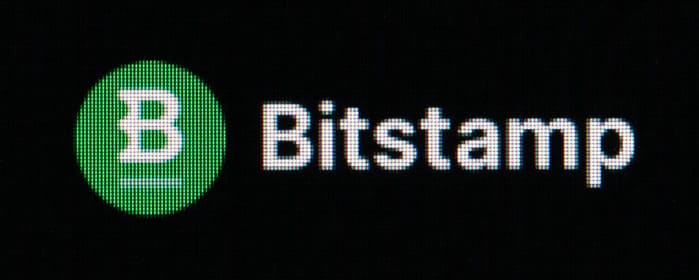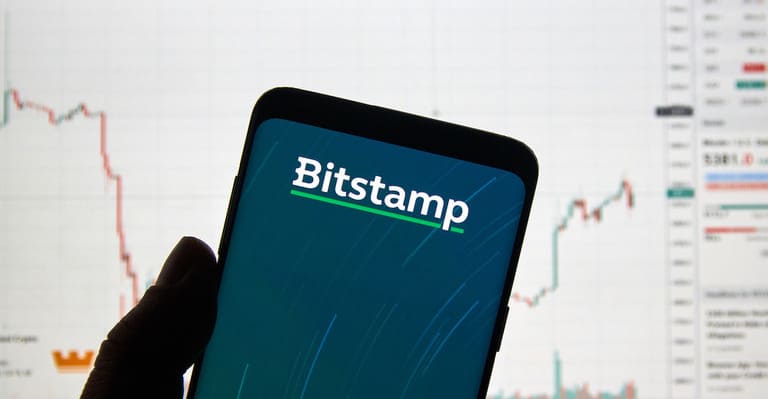On November 22nd, the second-largest Bitcoin outflow from exchanges this year was recorded, surpassing $600 million. This phenomenon was particularly noticeable on two key platforms: Binance and Bitstamp.
Following the agreement between the Department of Justice (DOJ) and Binance, the latter experienced a significant outflow of around 8,000 Bitcoin, equivalent to almost $288 million, reported on November 21st. Bitstamp, on the other hand, also showed a notable decrease, with an outflow of approximately 16,500 Bitcoin, valued at around $600 million.
This transaction occurred in five increments of 3,300 Bitcoin each, as reported by the Arkham Intelligence Platform 16 hours ago. As a result, Bitcoin reserves at Bitstamp decreased, now standing at approximately 24,000 BTC.
.@glassnode is inaccurately reporting a drop in our BTC balance. The wallets they have reported on are only a selection of our wallets used for day-to-day operational transactions. In fact, our net outflow was 1%, rather than the highly inaccurate 38% mentioned. Additionally, we…
— Bitstamp (@Bitstamp) November 23, 2023
Bitstamp Clarifies the Situation of Its Bitcoin Holdings
It is essential to note that Bitstamp refuted the accuracy of the data provided by Glassnode and Arkham Intelligence, stating that the outflows represent only 1% of their holdings, in contrast to the “38%” mentioned by Glassnode.
The platform clarified that the inaccurate data is due to Glassnode incorrectly reporting the decrease in their BTC balance, as the mentioned wallets are only a selection of those used for day-to-day operational transactions. Additionally, they emphasized that they have no affiliation with HTX.

In response to this situation, Glassnode added a disclaimer to its Bitstamp charts, indicating that they are updating the labels and that the revised data will be available shortly.
The significant outflow of Bitcoin from platforms could be related to growing concerns in the blockchain community, especially after the agreement between Binance and the U.S. government and the subsequent regulatory measures. The uncertainty generated by these events could be leading investors to move their assets to wallets outside exchanges, seeking to safeguard their capital amid volatility and regulatory changes.

